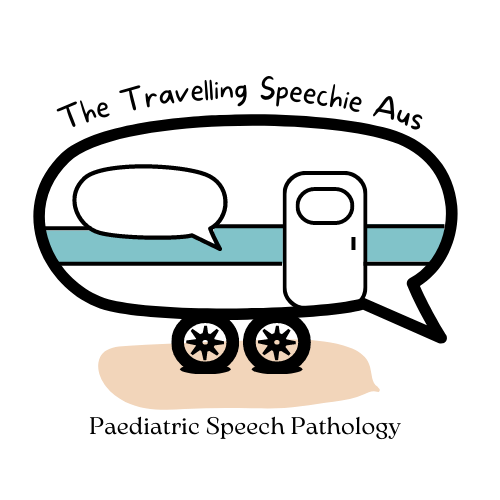
Speech
The ability to accurately produce sounds to form words so we can be understood.
Children develop speech sounds as they grow! It is typical that when they are young, they may have sound errors when talking. Sometimes children may not master their sounds appropriately and it can make them tricky to understand and reduce their ability to effectively communicate with others.
Speech errors can be defined by articulation or phonological challenges. Articulation is described to be challenges making sounds by moving their articulators (tongue, lips and/or jaw), where as Phonology describes the pattern of sounds in words.
Articulation challenges may be:
Sounds are slushy
Speech is not clear and hard to understand
Phonology challenges may be:
Difficult to understand
Swapping sounds in words (e.g. saying ’t’ for ‘k’ sounds such as ‘tat’ for ‘cat’)
Leaving sounds out of words (e.g. saying ‘eye’ for ‘ice’ or ‘tuck’ for ‘truck’)
If you have any concerns for your child’s speech, please get in touch.
Common Questions
-
Short answer: Depends on age.
Very young children (under 3 years) are learning sounds and will often make errors. It can be typical that you may have to help interpret what they are saying to unfamiliar listeners (people not around your child often).
Child development norms share that a child between 3 and 5 years should be understood by unfamiliar listeners 75% of the time.
By 5 years old, it is expected that unfamiliar people should be able to understand 95-100% of what your child is saying.
-
Show your child and talk about how to make the sound (e.g. open mouth, tongue position, air flow).
If your child’s speech sounds are distorted (e.g. airy, slushy), please have an assessment with a speech pathologist. We can have a look at how your child is producing the sound and advise you on how we can fix it.
-
These sounds are typically mastered at 3 years. It is best to have this investigated if your child is older than 3 years.
-
This is a phonological process called ‘cluster reduction’ (two consonants becoming one ‘pl’ to ‘p’). This is phonological process is typical until your child is approximately 4 years old.


